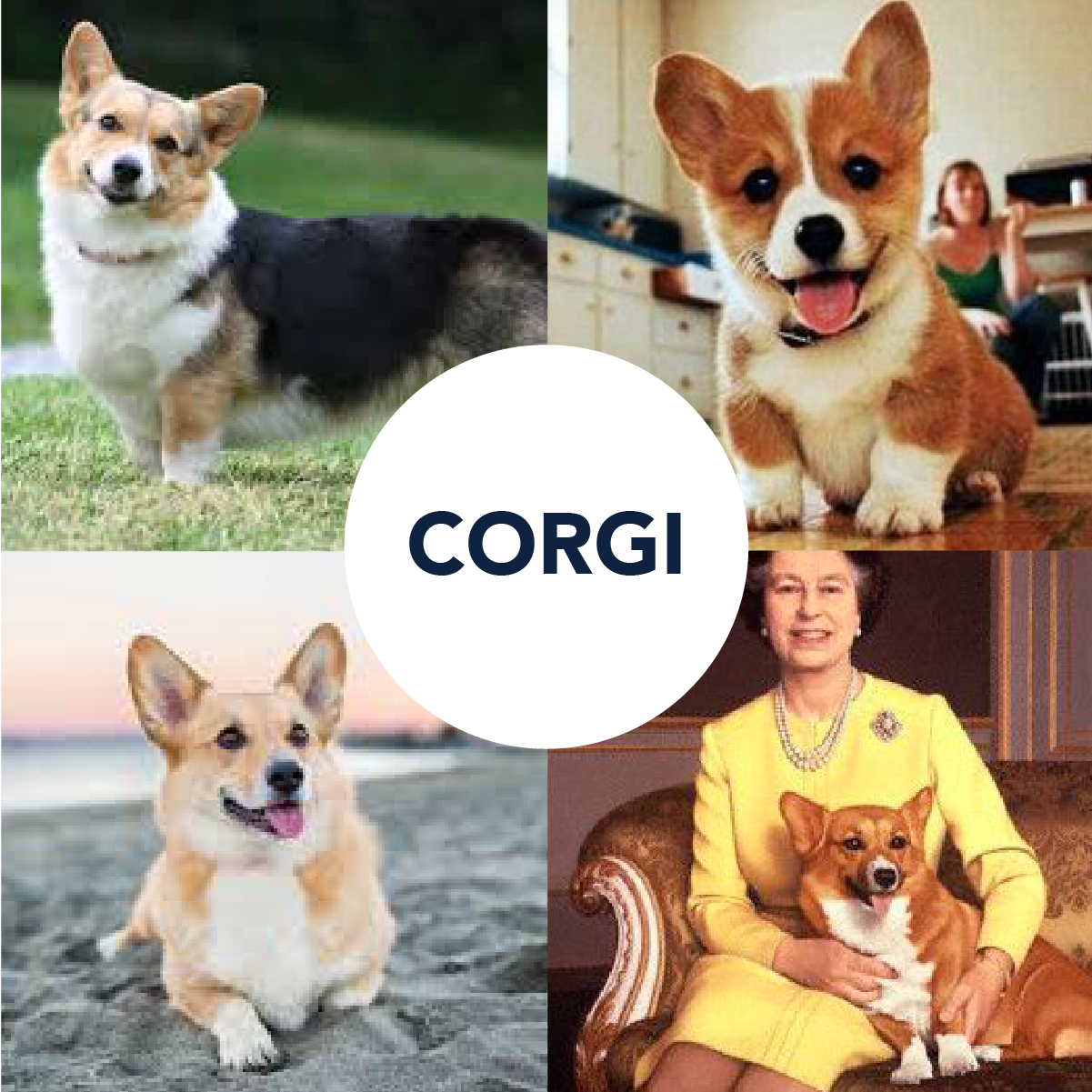It’s soon to be the Queen’s Jubilee, so we thought it would be a very appropriate time to celebrate the wonderful corgi breed.
A happy-go-lucky, intelligent and loving little dog, corgis are certainly a special and charming breed that warms people’s hearts.
There are two different types of corgi, the Cardigan and the Pembroke. They are very similar to look at, although the Pembroke is a little smaller. If you were to see some corgis in the park, the best way to tell the difference between the two is that the Cardigan has a long tail and the Pembroke’s tail is docked.
The Queen currently has two Pembroke corgis, Holly and Willow. The corgi breed has been long associated with the royal family, the first corgi owned being Dookie, in 1933.
Originating from Pembrokeshire in Wales, according to Welsh legend the Pembroke Welsh corgi has a very interesting and quite mystical history. As the legend has it, two children were playing out in the woods and came across some baby foxes. They fell in love with the foxes straight away and wanted to keep them. When they returned home, the children’s parents could see that these were not actually foxes, but corgi puppies. These puppies were considered to be a gift from the fairies that lived in the fields, and even thought that the markings on the puppy’s backs were saddles for the fairies to sit on. The family adored these pups, and as they grew they became treasured companions.
For the less skeptical amongst us, both the Cardigan and the Pembroke corgi were thought to be descendants of the pomeranian, and the Swedish vallhund amongst others. Some say that the Pembroke’s ancestors were introduced by Flemish weavers to the Celts around the 10th century.
Corgis are very smart little dogs, and will pick up training very well, although it’s important to be aware of their stubborn streak. They are happy to learn and work for treats, although it does need to be on ‘their terms’, so don’t be surprised if at times it’s hard to gain their focus.
Speaking of working for treats, it’s important to keep an eye on just how much your corgi may be eating. Like many breeds, the corgi does love treats, and food in general, and if not carefully monitored can easily gain weight and become obese.
This breed can adapt well to most living environments, be it in the country, or city living. Although only small and with very short legs, corgis are surprisingly athletic, and do require a good amount of physical exercise each day.
It’s also important to remember that these are people orientated dogs – they love people and need to feel like they’re a part of the family, so they will not be very happy if left alone for long periods of time.
If you’re looking for a small and adaptable, loving and active companion, a corgi might be the right choice for you.



1 thought on “Breed Post: Corgi”